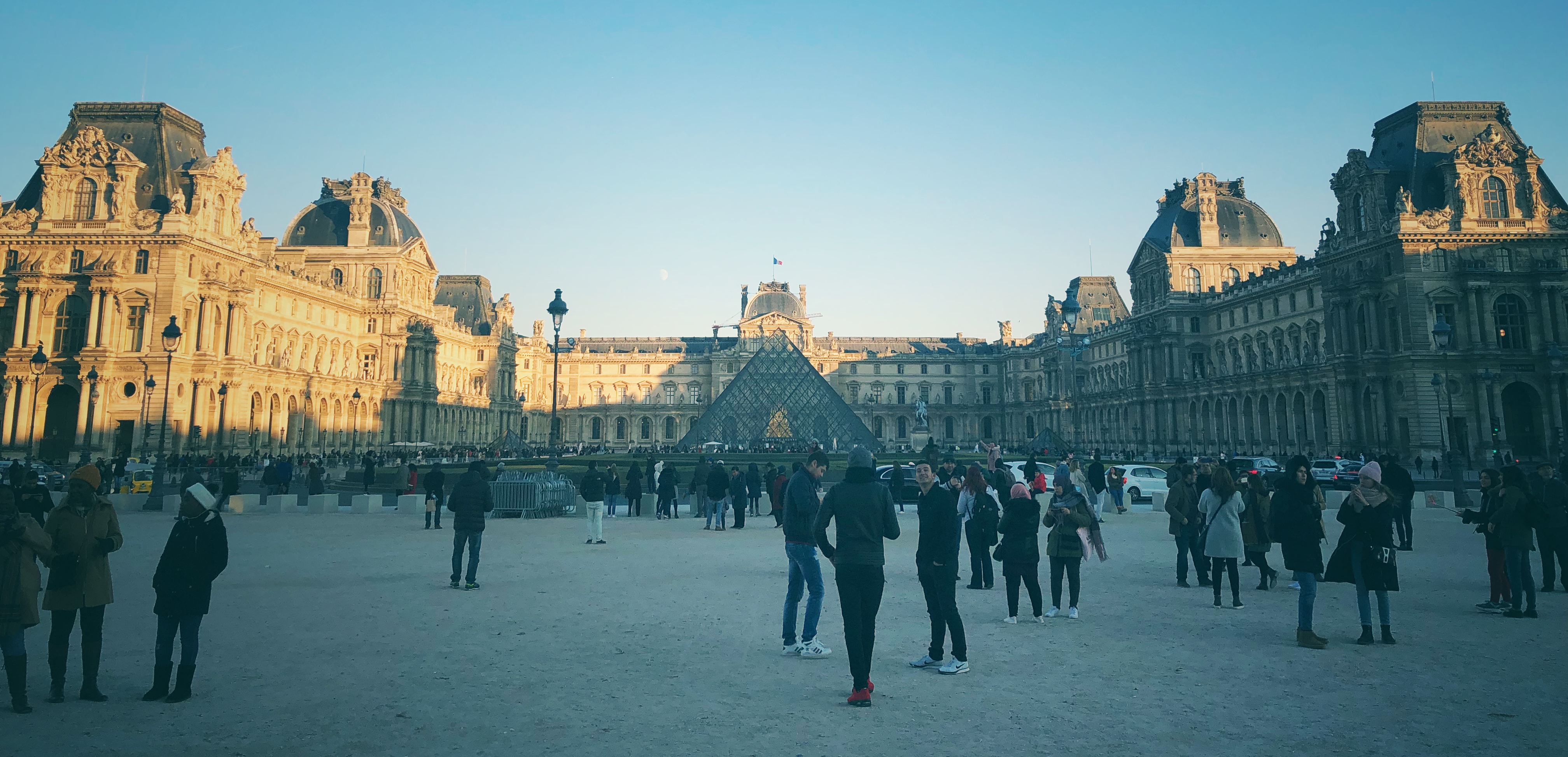How to Travel with an Injury

Or in my case, several injuries. Poke around this site and you’ll see plenty of posts outlining my quest and strategies for maintaining mental wellness, but this is often despite physical pain as well. (More here) It’s not easy, but respect for my injuries and taking intentional time to care for them can make travel far more comfortable.
Here are my daily practices that make it easier to travel with an injury:
1. Do your exercises.
It can be hard to prioritize while traveling, but setting aside mandatory time daily to stretch and do physical therapy exercises helps both mentally and physically. For me it’s usually a combination of stretching, some yoga poses, breathing, and a series of exercises for both my knee and shoulder injuries. I make it a goal to go on a “streak” and set aside this time every day of my tour; but I also acknowledge that unforeseen circumstances make any daily routine tricky. Some days I have time for a full hour and some days I can only squeeze in a few squats while I’m brushing my teeth. Both count. (More on handling travel uncertainty here)

2. Pick a routine.
Decide ahead of time how care for your injury will best fit in your day. I do my exercises in the morning and stretch at night. This engages the necessary muscles in the morning to have a more comfortable day, and helps me wind down to sleep at night. (More on forming travel routines here.)
3. Research your triggers
Whether it’s footwear, luggage, or your response to pain medication, you’ll want to understand all your body’s possible pain triggers before you go. Don’t pack anything new, and give yourself a few weeks carrying your new purse or walking in new shoes to be sure they won’t further your pain. (More on my travel planning strategies here)
4. Bring your tools
Most physical therapy exercises have a version that can be done with a portable tool. I travel with a theraband (in place of a weight machine), tennis ball (in place of a foam roller or massage), KT athletic tape, and a heating pad.
5. Eat for your injury.
A dietician changed my life by reminding me that our bodies require immense energy to heal. Even if we don’t feel like we’re doing a lot outwardly, our little body factories are working overtime to get us healthy, and they need proper fuel to do that. I find a loosely “anti-inflammatory diet” helps my auto-immune and inflammation issues, (I avoid gluten, eat mostly whole and unprocessed foods, etc), but every body is different.
Note: I’m relaying info that I’ve been told. This is very much a work in progress for me.
(More here on how I eat healthy while traveling.)

6. Ice
I have never heard of ice doing anything bad, and it’s usually easy to find. Most hotels have ice machines, bartenders will happily fill a bag of ice, or I fill a big cup at a gas station and ask for a plastic bag.
7. Heat
I travel with a heating pad, which is space well-spent in my minimal packing system. If I don’t have one with me, I microwave a hotel towel or fill a plastic water bottle with hot water from the tap. (More on minimal packing here)
8. Speak up
Even if you’re not wearing a brace or sling to signal injury, I’ve found that airline and other travel employees are incredibly accommodating if you mention you’re injured. I’ve nicely asked to move seats, be allowed on the plane first, etc. (My perfect plane seat is a right-side aisle seat so I can outstretch my bad knee but not get bumped in my sensitive right shoulder. It would be worth giving this some thought before you go!)
9. Deep Breaths.
Overthinking pain can be a mental pitfall, and actually make it worse. Don’t ignore it, but don’t dwell either. If I get frustrated by pain, I remind myself that I may be experiencing a rare opportunity and something I’ll wish I’d savored, pain or not. I think to myself “I chose this life and to be traveling right now, so let’s make the best of it.” Distractions also go a long way. Strike up a convo or listen to music. (More here on keeping perspective while traveling.)

10. Listen to your body.
To balance the last tip above, don’t ignore pain to the point of furthering injury. “Zoom out” to look at your long-term health goals and put the trip into perspective. That Nat-Geo featured hike probably isn’t going anywhere (unless you’re on a glacier), and you may jeopardize the rest of the trip or risk further long-term injury. (Speaking from experience.)
Heal quickly, drriifters. 💙🌏💨
Related Posts
How to Say Goodbye
Goodbyes happen every day and to varying degrees throughout our year. They span from finishing…
March 18, 2019Why We Worry and How to Stop
Once the worrying brain has found something to attach itself to, it can spend hours…
March 18, 2019
